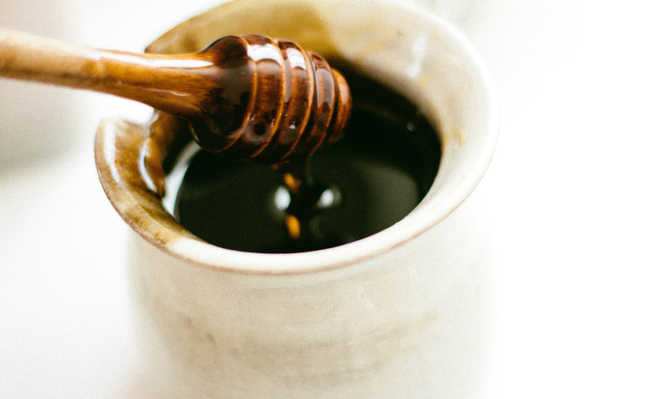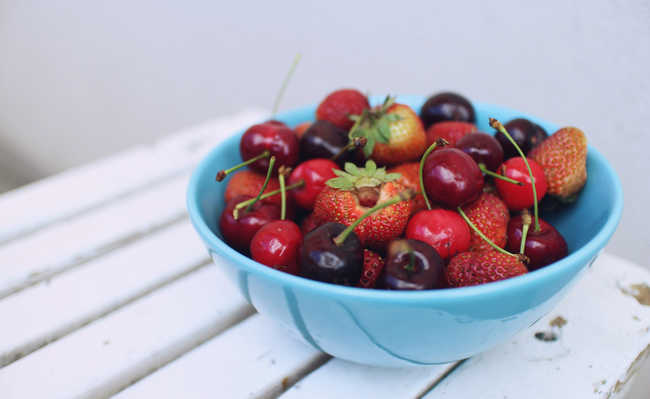The 12 Best Thermogenic Foods
Check out a selection of the best thermogenic foods to add to your diet
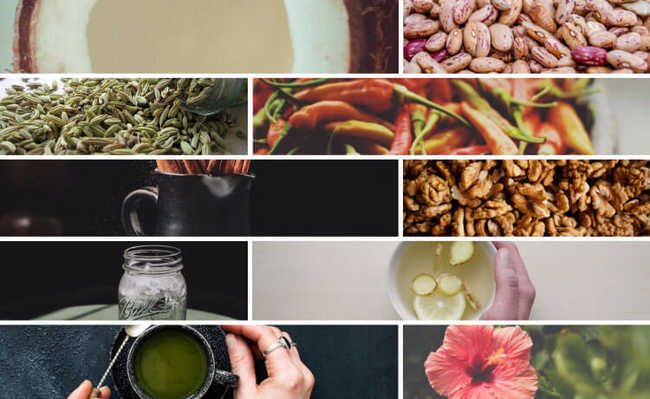
Thermogenic foods are those that, compared to others, consume a relatively large amount of energy to be digested by the body and, therefore, help with weight loss. The thermogenic foods are ginger, hibiscus, walnuts, pepper, among others. Read the article and check out our complete list of 12 best thermogenic foods to add to your diet.
What are thermogenic foods
When food is eaten, the muscles in the gastrointestinal tract accelerate contraction, digestive juices are produced and secreted, and nutrients require energy to be absorbed. In this process, called "thermogenesis", the body consumes energy and produces heat.
Thermogenic foods consume relatively more energy than others to be digested. When such foods enter the body, they use energy stores - also known as glycogen and fat - to be digested.
Glycogen is the form of energy storage that comes from carbohydrates, while fat stores are found in the fat tissue that surrounds the body.
Using these energy stores helps the body "burn" calories along with physical activity. Thermogenic foods are, therefore, allies in weight loss, without the need for food deprivation. However, the effectiveness depends on what kind of food and how much the person eats.
- 21 foods that help you lose weight with health
All foods have a thermogenic effect on the body, but some foods have more of this thermic effect than others. Protein has the most, carbohydrates come second, and fat comes last. Depending on the food eaten, we can raise the body's core temperature and help the body expend extra energy during digestion, which helps to lose weight.
A balanced diet is vital for weight loss and creativity is key. Here is a list of the best thermogenic foods:
The best thermogenic foods
1. Coconut oil
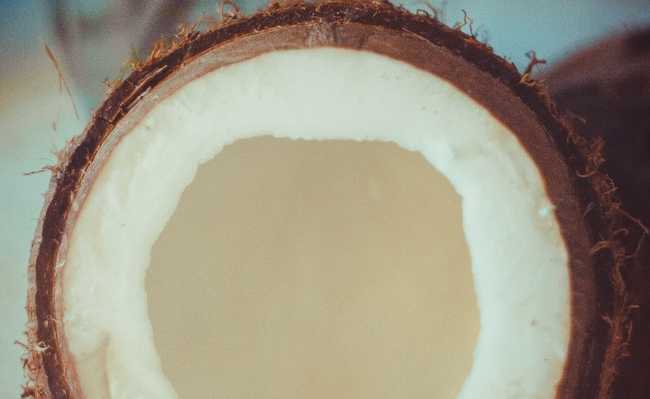
Edited and resized image by Katherine Volkovski is available on Unsplash
They say coconut oil is more thermogenic than protein. But do you know why? Because the medium-chain fatty acids present in coconut oil stimulate metabolism. Thus, you can substitute coconut oil for most of your fat sources, benefiting from its thermic effect. However, like most oils, your intake should be limited, as just two tablespoons of coconut oil provides about 100 calories. Better understand the benefits and controversy about coconut oil in the article: "Coconut oil is for weight loss? Check out myths and truths".
2. Oats, quinoa and brown rice
Oats, quinoa and brown rice are complex carbohydrates rich in dietary fiber that the gastrointestinal tract cannot easily digest or absorb. As the body makes an extra effort to digest these foods, it burns a lot of stored fat. What happens is that these carbohydrate sources pass through the entire gastrointestinal tract without increasing the glucose content much (compared to other carbohydrates), being allies in weight loss.
- Benefits of Oats
- Quinoa: benefits, how to make it and what it is for
3. Pepper
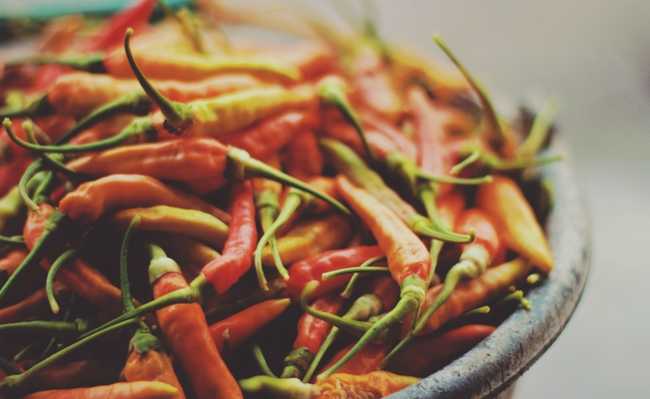
Edited and resized image by Adi Chrisworo, is available on Unsplash
Due to the presence of a substance called capsaicin, peppers increase the body's heat production, increasing sweating. This entire process makes pepper one of the thermogenic foods that most help weight loss.
4. Cinnamon

Edited and resized image of Mae Mu, is available on Unsplash
If you're a big fan of cinnamon, you'll love the next part: Cinnamon can help you lose weight by controlling your blood sugar. The compound present in cinnamon, which is coumarin, slightly dilutes the blood, which leads to an increase in blood circulation, which, in turn, increases metabolism. That's why it is on the list of thermogenic foods. Its blood glucose control property also makes it an ideal spice for type 2 diabetics, while blood thinning can be beneficial for those with heart or circulatory problems.
However, coumarin can lead to liver damage if taken in high doses, and it can interfere with blood-thinning medications. It is essential to look at the different brands of cinnamon and its coumarin content before using it for weight loss. To better understand this spice, take a look at the article "Cinnamon: benefits and how to make cinnamon tea".
5. Ginger
Ginger, like pepper, also contains capsaicin. It is a thermogenic food as it speeds up metabolism, increasing heat production and burning fat and protein.
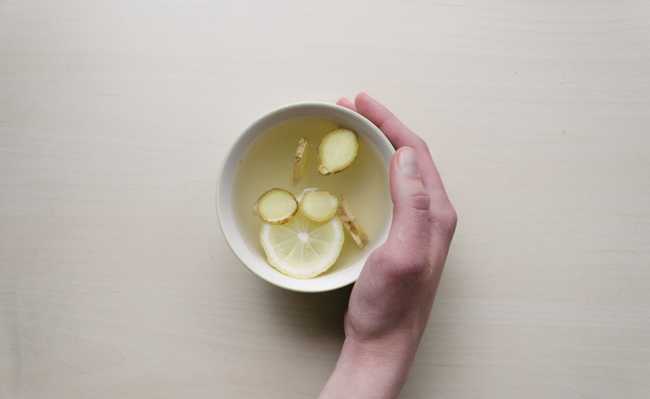
Edited and resized image by Dominik Martin is available on Unsplash
- Benefits of Ginger and its Tea
6. Green tea extract

Edited and resized image by Monika Grabkowska, is available on Unsplash
Green tea extract is a concentrated form of green tea. It is rich in caffeine and polyphenol epigallocatechin gallate (EGCG), both compounds that can help burn fat (see studies on this here: 1, 2).
- Green tea: benefits and what it is for
Furthermore, these two compounds complement each other and can help burn fat by acting as thermogenics. An analysis of six studies found that taking a combination of green tea extract and caffeine helps burn 16% more fat than a placebo.
In another study, scientists compared the fat-burning effects of a placebo, caffeine, and a combination of green tea extract and caffeine. They found that the combination of green tea and caffeine burns 65 calories more per day than caffeine alone and 80 calories more than placebo.
To get the thermogenic effects of green tea, try taking 250 to 500 mg per day (if in capsule version). This will provide the same benefits as drinking three to five cups of green tea a day.
7. Beans
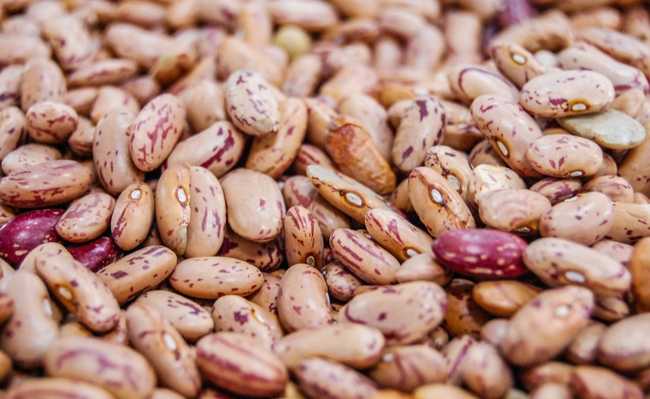
Edited and resized image of Monkgogi Samson, is available on Unsplash
Carioca beans, black beans, peas, lentils and chickpeas... Also known as legumes, they are mainly made up of proteins rather than carbohydrates. And, as we know, protein is the nutrient with the highest percentage of thermogenic effect compared to other food classes. They also contain fiber and resistant starch (resistant to digestion starches equate to more energy expended), which further enhances the thermogenic effect. It is recommended that beans are served as a side dish at least once a day, as they are also rich in vitamins and minerals. Also, they contain little or no fat or cholesterol, which makes them great foods.
- If people in the US traded meat for beans, emissions would be drastically reduced, according to research.
- Ten high protein foods
- Beans: benefits, contraindications and how to do it
8. Cumin seeds
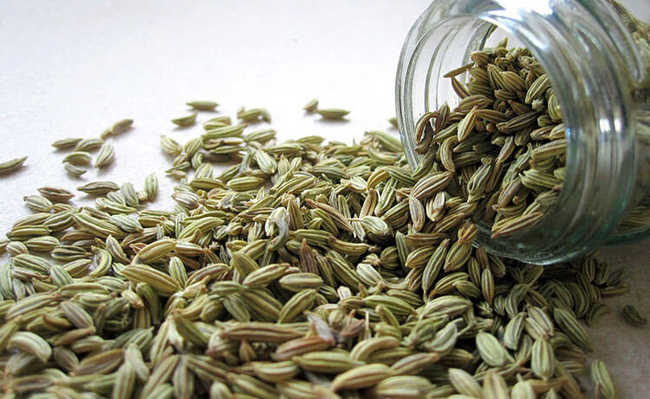
PublicDomainPictures image by Pixabay
The substances present in cumin seeds make the spice a thermogenic food, as they increase the body's basal temperature. The compounds present in cumin seeds that help with weight loss are antioxidants and phytosterols. The latter inhibit bad cholesterol.
Research has shown that three grams of cumin powder eaten daily for three months reduces body mass index and waist circumference. Find out what the cumin seasoning is for.
9. Fruits rich in vitamin C
Ascorbic acid is the vitamin needed for good resistance to infections and iron absorption. Oranges, berries, lemons, tangerines, pineapples and tomatoes are just a few examples of fruits rich in vitamin C. These fruits also raise the core body temperature because of the energy needed to digest them, but they also provide energy and vitamins that can help you eliminate supplements, being great thermogenic food choices.
- Foods rich in vitamin C
- What is vitamin C and why is it important?
- Vitamins: types, needs and times of intake
- Lemon Benefits: From Health to Cleanliness
10. Nuts

Edited and resized image by Tom Hermans is available on Unsplash
Nuts contain dietary fiber, protein and fat. This combination makes this food highly thermogenic, as all these substances present in nuts contain thermogenic nutrients, with dietary fiber being the most thermogenic among the three. That's why walnuts are a good pre, between, and post-workout snack; they provide energy and nutrients without being really bulky.
- Learn about the benefits of oilseeds
11. Ice water

Edited and resized image by Ethan Sykes is available on Unsplash
Most regimens will recommend drinking a lot of water. That's because water helps the body digest food and dilute urine. Water also helps to promote a feeling of fullness. And staying hydrated is important. Ice water, specifically, can help you lose weight because the body uses energy to balance its temperature. So you drink ice water, which has zero calories, and your body naturally burns calories on its own. Thus, although water is not a food, it is worth adding it to your daily life to obtain its thermogenic effects.
12. Hibiscus

Edited and resized image by Jenny Marvin is available on Unsplash
One study analyzed the contribution of aqueous hibiscus extract on weight loss in obese rats. The conclusion was that plants of the species hibiscus sabdariffa calyces act to reduce weight gain by increasing thermogenesis and other processes. Learn about the benefits and contraindications of hibiscus tea in the article: "Hibiscus tea: benefits and contraindications".








